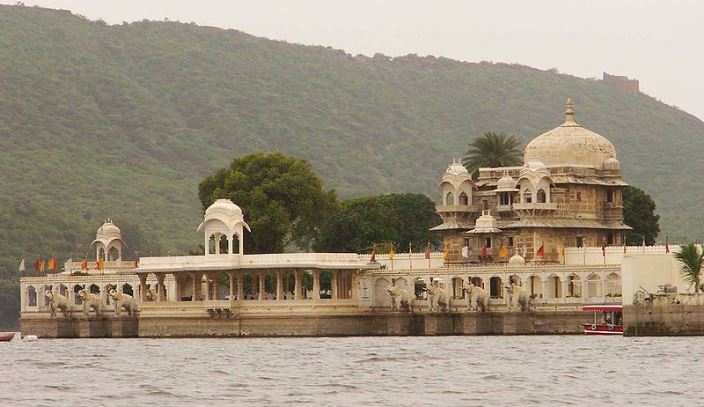Udaipurites should know - Udaipur Diaries by Dr. Arpita Jain
‘The City of Lakes and The Venice of East’ - Udaipur is a prime historical destination that has absorbed all the good things offered by India’s most charming state Rajasthan. Udaipur, a valley within the slopes of Aravalli Hills, came into being in the 15th century by Maharana Udai Singh II of Mewar dynasty. While hunting near lake Pichola he met a sage who advised him to build a palace on a particular site and blessed him that it would be a safe place for him and his people. Later in 16th century it was selected as the capital of Mewar kingdom. Udaipur is enriched with many historic facts that all in Udaipur as well as those interested in the historical importance of the city, should know of.
Asia’s Second Largest Artificial Lake - Jaisamand also known as Dhebar Lake is the largest man-made water body built in 1685. It covers an area of 36 sq km, stretches to the length of 14 km and width of 9 km. It is 102 feet deep at its deepest point, with circumference of 30 miles. The artificial lake was the brainchildren of Maharana Jai Singh in the 17th century. It consists of 7 islands and a large dam. The lake was built while constructing a dam for the Gomti River.
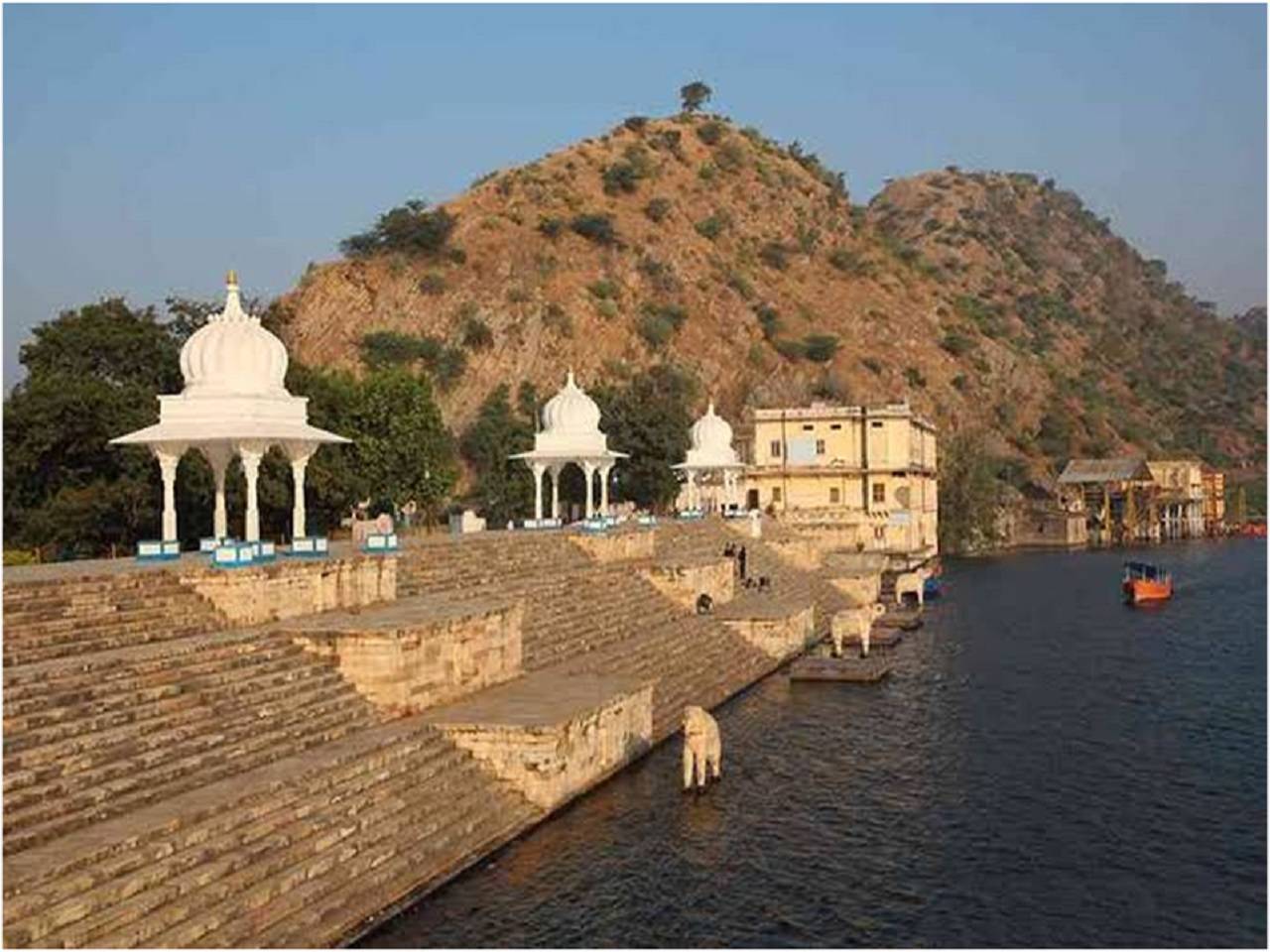
Kumbhalgarh Fort, built by Rana Kumbha in 15th century is a heritage site in Rajsamand district near Udaipur. It has the world’s second longest wall and known as “Great Wall of India”. The outer fort wall extends is 36 km in length and is 15m wide, broad enough to accommodate eight horses standing side by side. There are 7 fortified ramparts (walls) and 300 temples inside the fort. Legend has it that the renowned ruler of Mewar, Maharana Pratap, was born in Kumbhalgarh fort.
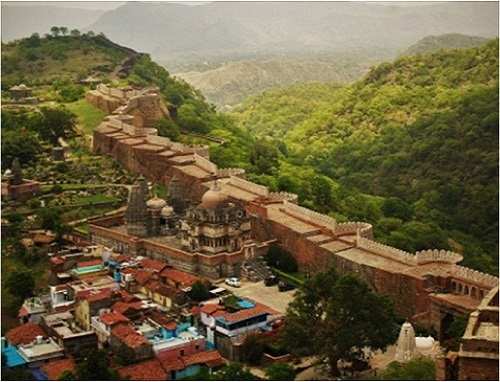
The famous Lake Palace of Udaipur is a beautiful white marble structure overlooking a vast expanse of water. Lake Palace or Jag Niwas in the Lake Pichola was once the summer capital of the Sisodia clan. It has been voted as the most romantic hotel in the world and in India. It was also featured in a James Bond (Octopussy) movie in the past. It is converted into a hotel under the Taj group.
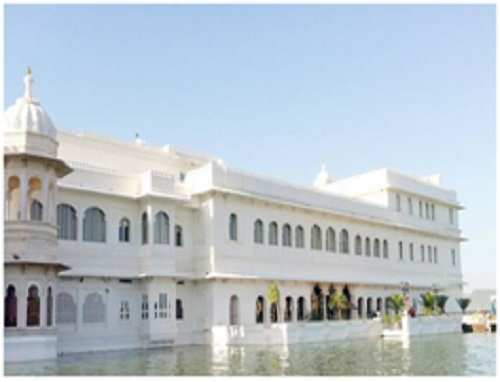
Land of Zinc and Copper Mines - Rajasthan is one of the prominent Zinc and Copper mining destinations. It is said Udaipur was a major mining site from the medieval times.
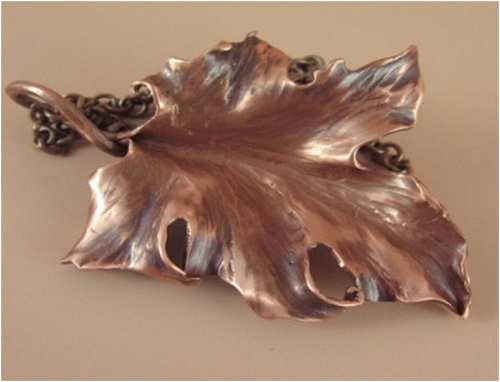
The City Palace of Udaipur is a huge complex of palaces built over 400 Years. It was started in 1553 by Maharana Udai Singh II of Sisodia Rajput family who shifted the capital of Mewar from Chittorgarh to Udaipur.
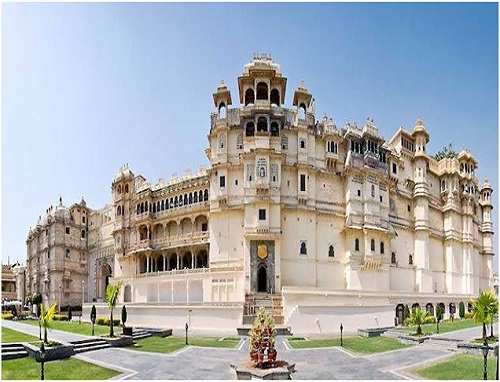
Udaipur has the best solar observatory in Asia situated on an island in Fateh Sagar Lake. The observatory was built in 1976 by Dr. Arvind Bhatnagar following the model of the Solar Observatory at Big Bear Lake in Southern California.
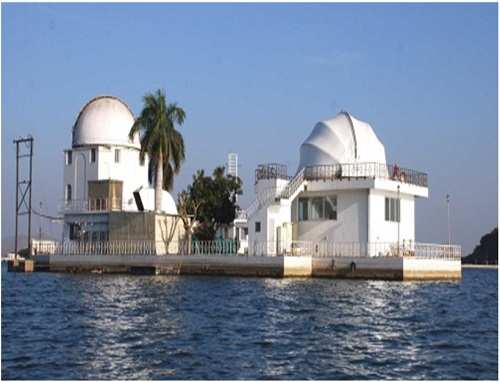
Taj Mahal was inspired by Jagat|Jag Mandir|Lake Garden Palace. It was earlier known as ‘Gul-Mahal’, a beautiful palace located on another island in Lake Pichola. The construction of the palace started in 1551 by Maharana Amar Singh. It was continued by Maharana Karan Singh (1620-1628) and finally completed during the reign of Maharana Jagat Singh (1628-1652). It is a famous castle and was used by the Rajputs as a summer resort. However, one of the lesser-known facts is that this castle was twice used as a refuge for asylum seekers in the past. The Mughal Ruler Shah Jahan was provided refuge along with his wife Mumtaz Mahal when they were under threat of rebellion by Shah Jahan against the then emperor, and his father, Jahangir.
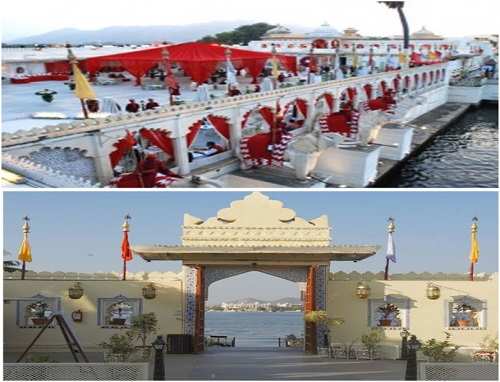
The city has an interconnected lake system, which helps in the regeneration of ground water and regulates the climatic conditions. Fateh Sagar Lake, Jaisamand Lake, Lake Pichola, Lake Badi and Doodh Talai Lake are some of the famous lakes here.
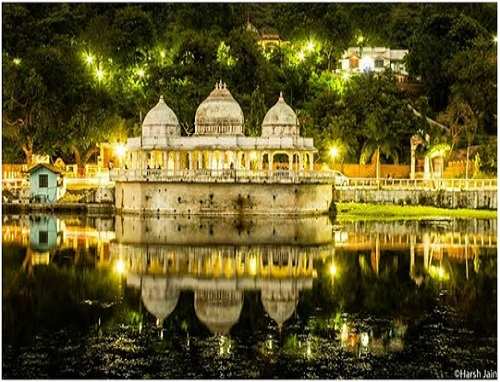
A rare annual Baneshwar tribal fair held in the month of February in the nearby Dungarpur district located about a 100 km from Udaipur. The name and the ideology behind the hosting of the festival are in line with the worship of Lord Shiva Linga, particularly due to the nearby Mahadev temple.
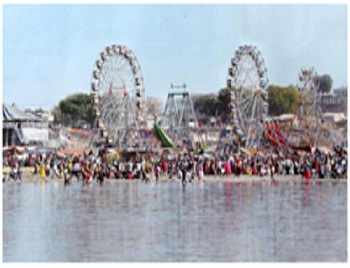
Centuries-old temples: Just 22 km away from the central city, is the Nagda village, which was a prominent city in early Mewar. It is known for typically spectacular architecture and intricate work of Sahastra Bahu Temple. Historical records say, Sahastra Bahu means 'Vishnu with 1000 arms' but the local stories suggest Saas-Bahu means 'mother-in-law' and 'daughter-in-law', meaning one side was built according to mother-in-law and the other side according to daughter-in-law. Another closely located popular tourist and pilgrimage site is the Eklingji Temple, it remains one of the lesser known locations around Udaipur for foreign tourists, but is well known to local tourists who visit it specifically on festive occasions and for blessings.
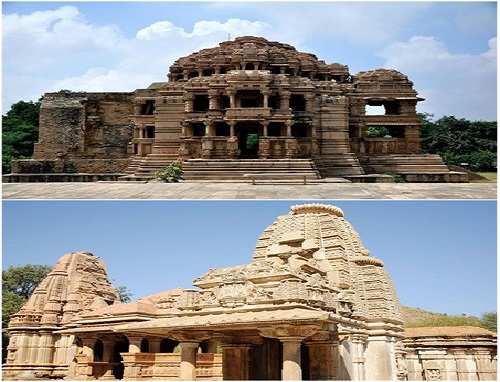
Cultural heritage of the country: Udaipur is also home to some fantastic festivals, a place where folk culture, tribal traditions, and religious culture are all celebrated vivaciously. These include the Shilpgram Utsav, Gangaur festival, Jagannath Rath Yatra and the Hariyali Amavasya.
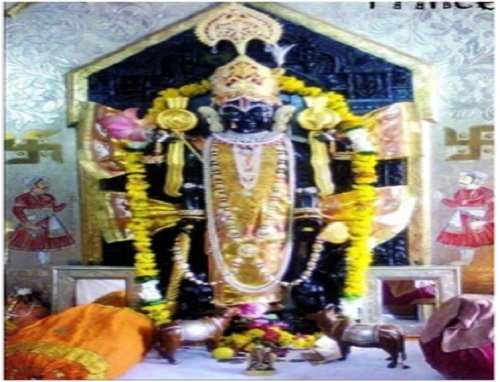
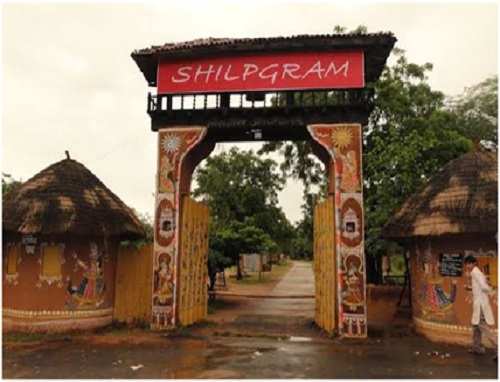
The Jungle Book Mention: 'Bagheera' the Black Panther, a character of the famous Jungle Book by Rudyard Kipling belonged to a place called ‘Oodeypore’ that was a British version of the name ‘Udaipur’.

Udaipur’s Water flows through a chain of rivers into the Bay of Bengal & Arabian Sea: 30kms to the southern-west direction of Udaipur from the main city center lies a village named Alsigarh, which is a shelter for the huge Bheel community. The rainwater that accumulates in the western part of this location travels to rivers and tributaries on its way to the Arabian Sea and meets its waters, and the rain received in the eastern part directs itself towards the Bay of Bengal.
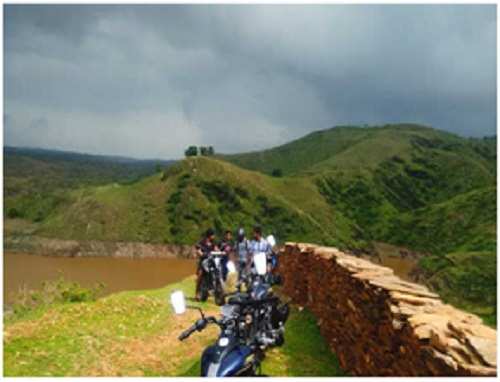
Queen Victoria’s Statue in Gulab Bagh: In February 1890, at the time of British rule in India, a statue of Queen Victoria was unveiled in Gulab Bagh where at present the Statue of Mahatma Gandhi stands amidst the lush garden. The statue of Queen Victoria is now show-cased in the Saraswati Bhawan Library. Also the Saraswati Bhawan Library in Gulab Bagh was initially called as ‘Victoria Museum’.
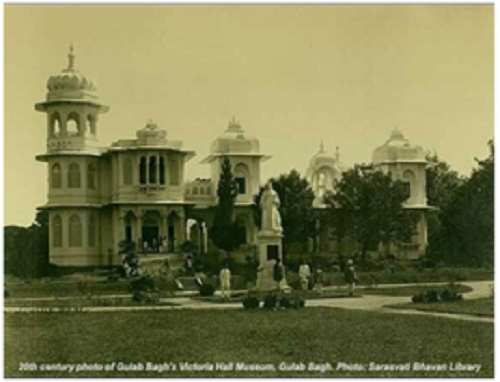
The Curse Tale: At the time of Maharana Jawan Singh’s reign (1828-38), the Maharana promised half kingdom to Natini the tight-ropewalker if she was able to cross the Pichola Lake walking on the rope. When the king saw that it was certain for her to cross the lake, he tricked her and cut-off the rope, she fell in the lake and died of drowning. The curse tale states that before she could take her last breath, she cursed the Mewar Kingdom resulting in no direct descendants to the throne.
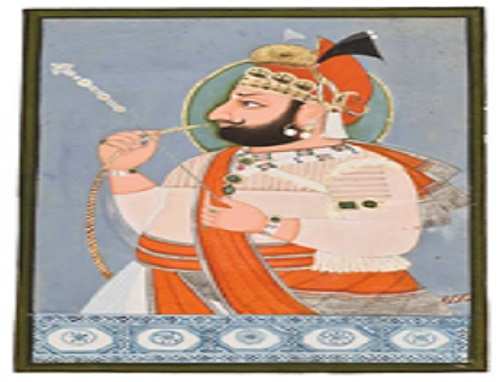
The Mewar King to Custodian: Before independence of India, Udaipur was ruled by Maharanas of Mewar. Prior to independence all the kingdoms were dissolved and India was announced to be a democratic country. The descendants of the Maharana clan then pledged to serve as the Mewar Custodians instead of the rulers; the pledge was taken in the Eklinji Temple in front of Lord Shiva. From then on, each Monday, the Mewar custodian visits the Eklinji Temple for the evening Aarti ritual to seek the blessings of the lord.
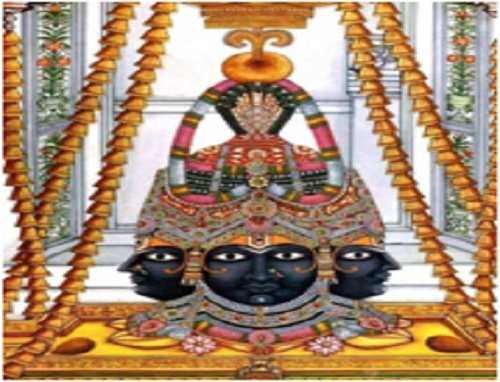
Udaipur’s Tree House in Limca Book of Records: A tree house built on a 65-years old Mango tree, is owned by a businessman named K.P. Singh who craved to build a Tree House without doing any harm to the tree. He proposed this to several learned people but none agreed. Later, a small artisan from Surat fulfilled his wish by building the Epic tree House without cutting any branch of the Tree. This tree house was then featured in the Limca Book of World Records.
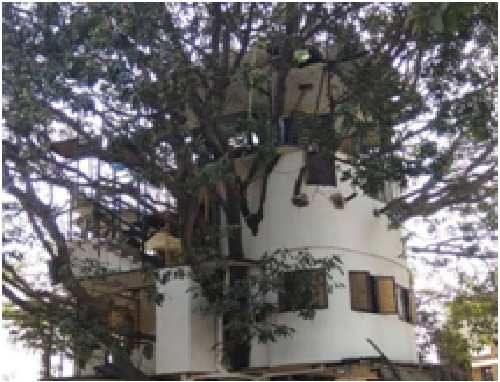
Maharana Pratap was invited at Udai Sagar: Prior to the Haldighati Battle between Maharana Pratap and Mughal Emeperor Akbar, Maharana Pratap was invited by Kunwar Man Singh at the banks of the Udai Sagar Lake asking him to surrender to Emperor Akbar and forego the battle. On this Maharana Pratap rejected to surrender in-front of a foreign king and declined the invitation proposal, he also insulted Kunwar Man Singh for supporting Emperor Akbar, which later led to the renowned Haldighati battle.
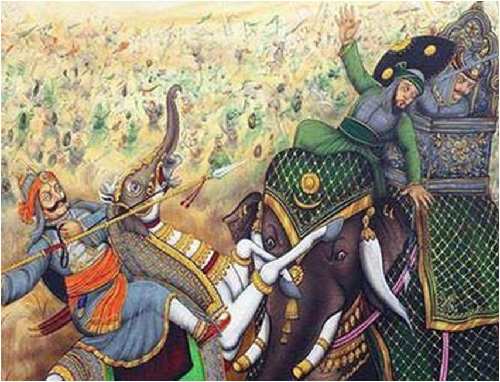
Saheliyon-Ki-Bari - The Garden was built in early 18th century AD as a retreat for ladies of the royal household to spend their time in leisure. The enchantingly beautiful Garden is famous for its lotus pool, fountains (in the shape of birds), lush green lawns, flowerbeds, and marble pavilions, offering a breath taking view to visitors.
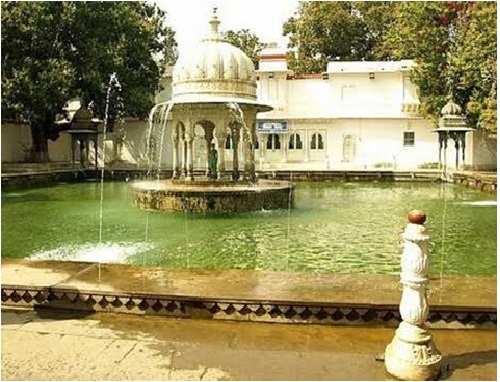
Jagdish Temple - The largest and the most beautiful temple in Udaipur. It was built by Maharana Jagat Singh in 1651 AD. Dedicated to Lord Vishnu, the temple is famous for its beautiful sculpted images and a towering Shikara.
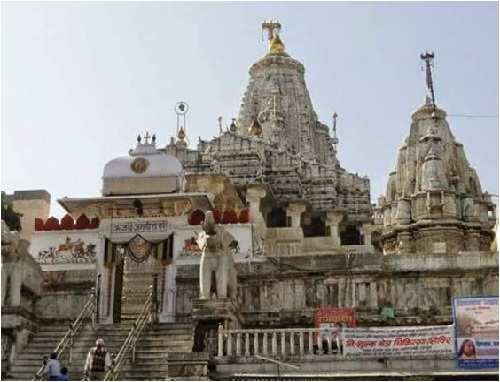
Presently, Shriji Arvind Singh Mewar is 76th in the line of the royal successors. He is an Indian businessman and chairman of HRH Group of Hotels, which was started by his father in 1963. He did his schooling from Mayo College, Ajmer. He did Bachelors of Arts degree from Maharana Bhupal College, Udaipur. He is a sportsman and aviator.
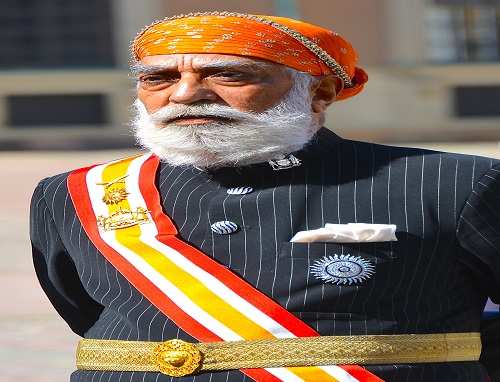
He has represented his school, university and Rajasthan State in cricket tournaments in India. He was bestowed with the VIII Annual Gala WT Institution Award 2012 for 'Contribution to Universal Culture' at the General Assembly of United Nations Headquarters in New York for his leadership and work through the Maharana of Mewar Charitable Foundation, Udaipur.
These and many untold and unheard stories is what Udaipur - The City of Lakes is all about. Thank you for reading.
Author: Dr. Arpita Jain is a senior research fellow, AICRP-FRM, at the College of Community and Applied Sciences, MPUAT, Udaipur.
To join us on Facebook Click Here and Subscribe to UdaipurTimes Broadcast channels on GoogleNews | Telegram | Signal



